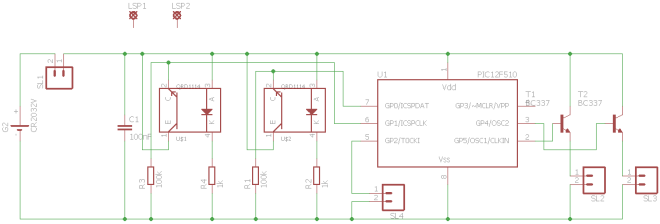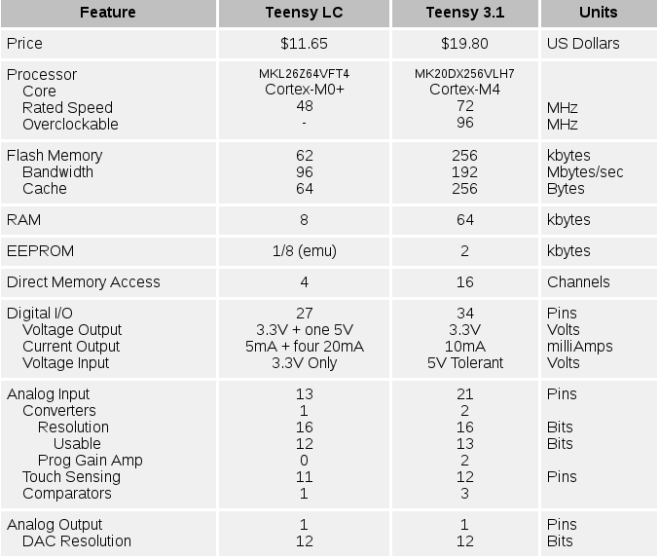
Join us tonight at BJ’s from 7:00pm to 12:00am for the unofficial Maker Faire Bay Area tradition:
#BringAHack
If you are going to Maker Faire Bay Area today, then be sure checkout these talks:
Getting Started with KiCad: Open Source Electronic Design Software
Sunday, May 22, 11:00am on the Make: Electronics stage
Designing Circuit Classics
Sunday, May 22, 3:30pm at Center Stage
Also look for in the main expo hall near vintage computing area:
Also in the main expo hall nearby vintage computing area is the amazing Dis-integrated Circuits booth with the Monster 6502:
Finally, we were very excited to see this VKS board prototype with the new Octavo OSD33558 System-in-Package (“Beaglebone on a Chip”). The SiP is a 400-ball BGA containing ARM SoC, DDR RAM, power management and even 140 passives. It’s large 1.27mm ball pitch allowed Hunyue Yau to make his board using our 4-layer service.



















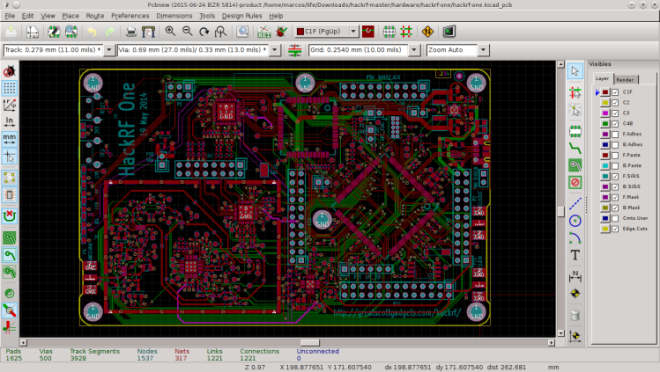











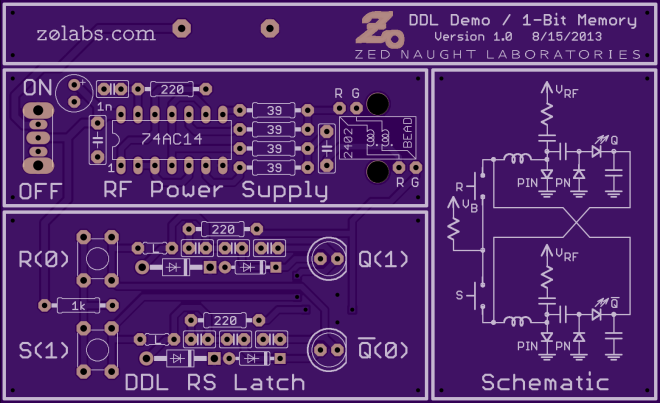

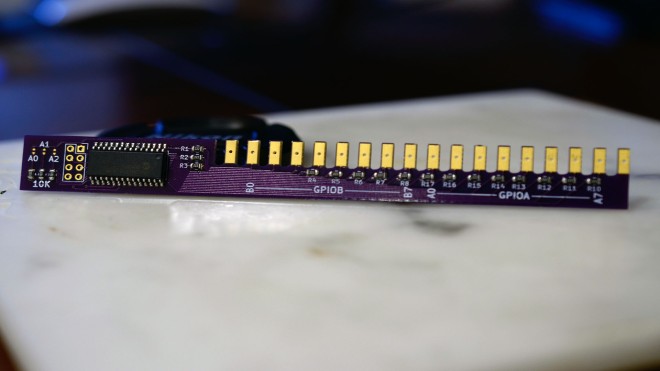



 FRM16_Relay_Module_I2C_Controller
FRM16_Relay_Module_I2C_Controller



